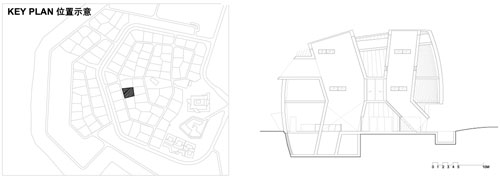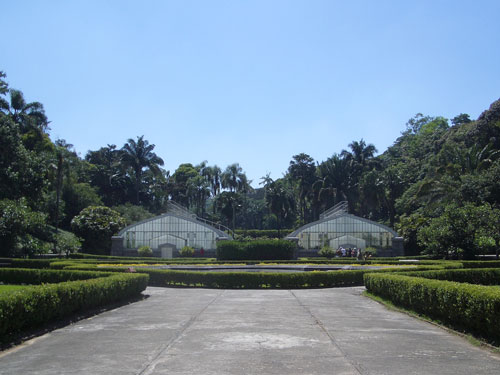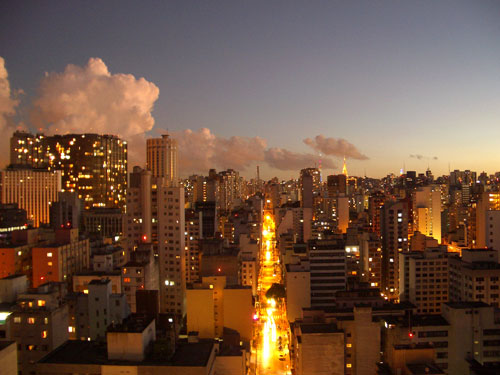CEAGESP is the largest food market in Latin America and the third market of this kind in the world, after New York and Paris. Each month 250 thousand tons of fruits, vegetables, fish and flowers are traded here and pass through the warehouses of the complex that occupies around 700.000 m2 in the Vila Leopoldina district of São Paulo.
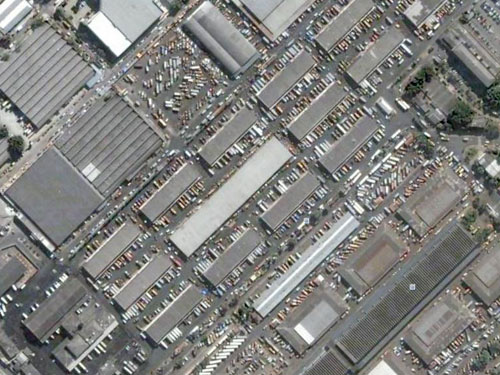
From 1999 to 2001 João Carlos Meirelles, then State secretary of agriculture, made plans to move the complex from this central location to the ringroad, at the junction with an important road which connects São Paulo to the hinterland. The project was supposed to improve the inner city traffic, as it would prevent 18.000 heavy trucks from crossing the city daily. The State government bought 1,5 milion m2 of land at the ringroad location, which would receive 400.000 m2 of logistic infrastructure and warehouses. Over one milion square meters would be preserved as native atlantic rainforest. The Vila Leopoldina site would become available for the implementation of a technological cience and business park, linked to the University of São Paulo, at the other side of the Pinheiros river. The project, highly dependent on the cooperation between federal and state governments, stranded in environmental processes and was filed for the time being under the first Lula administration.
In 2007 Fransisco Cajueiro, president of CEAGESP, stated that despite the need for a technological center it would be a mistake to move the complex to the outskirts of the metropolis. The necessary infrastructure is simply not there and would take much time and resources to be installed. The 3.000 enterprises and 15.000 direct jobs, currently based on the site, would leave the municipality of São Paulo. Cajueiro proposes to invest the revitalization funds on the current site, modernizing and requalifying the urbanistic context, in order to maintain the highly productive complex in the heart of the metropolis. He refers to the succes of the revitalization of the Municipal Market in the historical centre of São Paulo. This could also happen to CEAGESP.
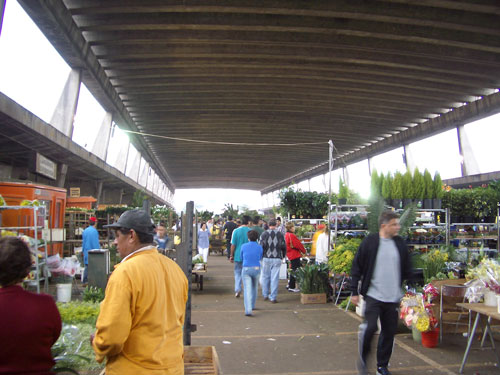
On the one hand the plans to sell the area to real estate corporations are being criticized as segregating and undemocratic, as it will remove thousands of low income jobs to the periphery and suffocate Vila Leopoldina with luxuryous projects that would triplicate the built area of the existing neighborhood.
On the other hand the recent contruction of the ringroad, at aproximately 15 km from the city centre, will increasingly attract logistics, trade and transport functions to the periphery.
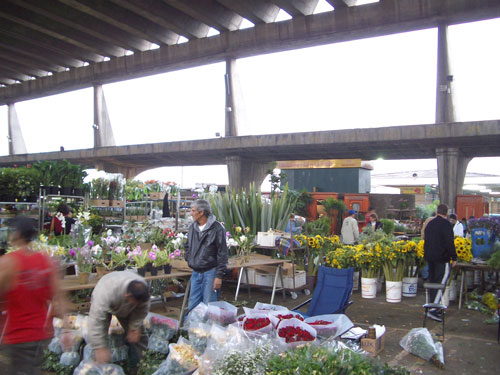
Read more (in portuguese):
http://pt.wikipedia.org/wiki/Ceagesp
http://onne.com.br/…
www.ceagesp.gov.br/comunicacao/eventos/
www.vitruvius.com.br/institucional/inst163/inst163_05.asp
www.horadopovo.com.br/2008/setembro/…
